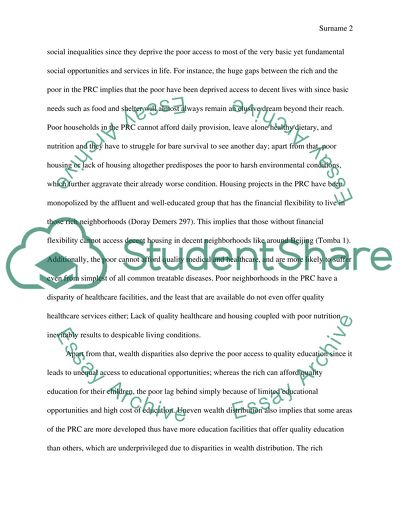Cite this document
(“There is a large discrepancy in wealth distribution in the PRC. In Essay”, n.d.)
Retrieved from https://studentshare.org/history/1497562-there-is-a-large-discrepancy-in-wealth
Retrieved from https://studentshare.org/history/1497562-there-is-a-large-discrepancy-in-wealth
(There Is a Large Discrepancy in Wealth Distribution in the PRC. In Essay)
https://studentshare.org/history/1497562-there-is-a-large-discrepancy-in-wealth.
https://studentshare.org/history/1497562-there-is-a-large-discrepancy-in-wealth.
“There Is a Large Discrepancy in Wealth Distribution in the PRC. In Essay”, n.d. https://studentshare.org/history/1497562-there-is-a-large-discrepancy-in-wealth.


